
A deep dive into Fashion trends.
After nearly two years of disruption, the fashion industry has returned to growth with consumers wanting to dress to impress and fashion brands pushing boundaries and tacking new consumer demands.
In this report, we discuss four major themes shaping the current state of Fashion: the Music festival fashion, Fashion weeks, the Metaverse mindset and Gender fluidity – where we investigate what are the current consumer trends and approaches to fashion.
Happy exploring!
Methodology.
Klarna research occurred in May/August 2022, in cooperation with Dynata and across 11 countries (US, UK, Australia, Sweden, Norway, Finland, Denmark, Italy, France, Germany and Poland). The survey includes a minimum of 1,000 respondents in each country. In total, 8,114 consumers ages 18 to 75 participated.
11 countries
12,197 consumers
Music festival fashion.
Although festival-goers are seeking unique experiences, attendees no longer visit a festival purely for the music. A variety of experiences, from music and food, to culture and fashion draw them each year onto the muddy fields. Music festivals have disrupted the fashion line-up – providing a fresh and fun opportunity for dressing.
Music festival revival.
Every year, thousands of people venture back into green fields, pits and tents for the festival season. Festival-goers span across all age groups, showing that festivals are not just for the young.
Americans
are most looking to go to music festivals over the coming months
Gen Zers
are the generation most planning in going to music festivals, except in the US where Millennials are ahead of Gen Zers.
Festival-goer outfits.
At the same time, the festival fashion is back in full force, bringing high-energy crowds altogether. When the festival season kicks off, buying a new outfit has become part of the fun, and driving stylish customers back to stores. Streetwear, funny or sexy? Let’s take a look at how people are wearing their festival spirit.
Streetwear
is the most popular fashion look for festival goers.
4 in 10
Finnish festival-goers consider wearing funny or original clothing during music festivals.
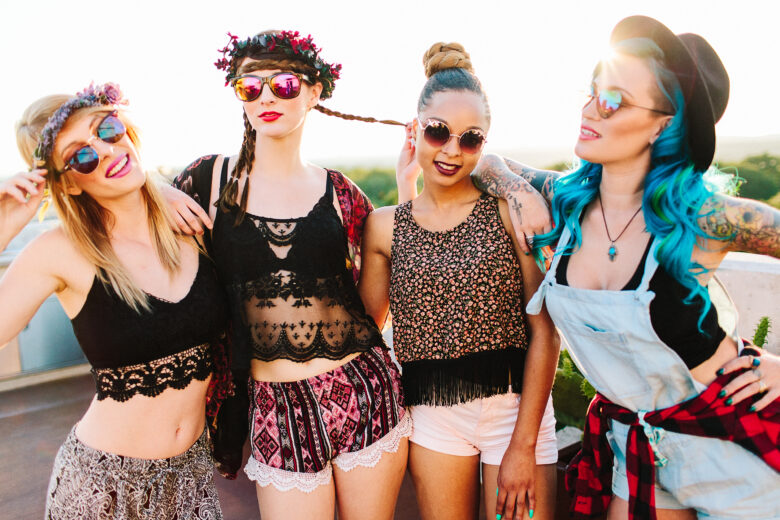
The must-have accessories.
Festival-goers are on the lookout for accessories and outfits making their experience better and keeping up with the latest fashion trends. Let’s check out what are the most popular festival accessories, and how consumers are dressing up for fun!
Original sunglasses
are the top fashion accessory that music festival attendees want to wear most.
Chunky shoes
are most popular among Danish festival goers.
Catwalk calling.
Fashion weeks are powerful vehicles for brands to install new season trends and capitalize on the “see now, wear now”. Many people are ready to watch Fashion shows, as well as the content produced by designers and brands to stay up to date with the latest trends. We’ve taken the opportunity to investigate people’ interest and engagement in Fashion weeks.
High interest in Fashion weeks.
Fashion weeks are events to celebrate the art of Fashion. We’ve decided to ask generations for their thoughts on Fashion Weeks, and how they are engaging with them.
7 in 10
Americans who are interested in fashion trends, are aware of Fashion Weeks, and actively seeking out pictures and broadcasts.
1 in 2
Finns interested in fashion trends are aware of Fashion weeks, but do not actively seek out pictures or broadcasts.
NYFW.
The most prominent Fashion weeks take place in the fashion capitals of the world. New York, Paris or Seoul – what are the most popular fashion weeks according to consumers interested in Fashion? New York Fashion week seems to be the big favorite.
New York
remains the most popular Fashion week for consumers interested in Fashion.
UK and Finnish
consumers interested in Fashion prefer the London Fashion Week among others.
Paris Fashion week
is most researched by Norwegian consumers interested in fashion.
The power of social media.
Social media has made it easier than ever to follow and watch Fashion shows, with smartphones and streaming of Fashion shows on digital platforms becoming the new normal. Shoppers find inspiration in social media channels from brands, and follow various types of accounts: celebrities, fashion brands, designers or influencers. We’ve investigated which of channels they most engage with during the Fashion shows.
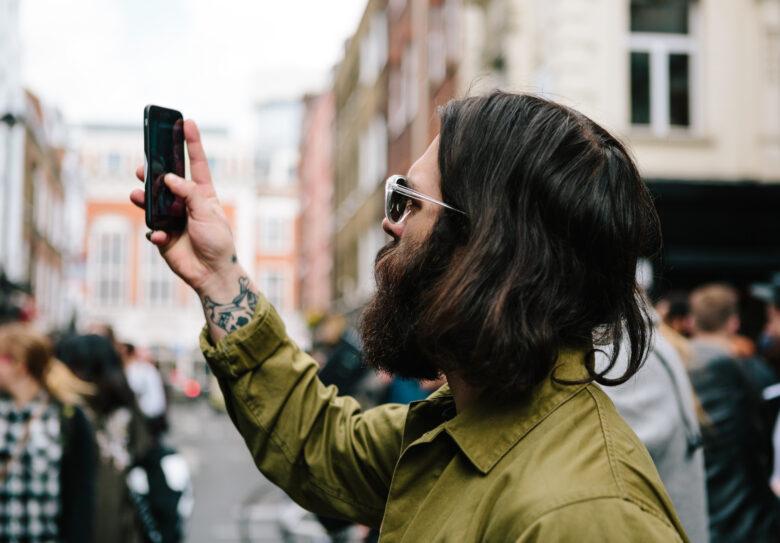
Types of items purchased inspired by catwalks.
Brands and fashion looks are gaining momentum during the Fashion shows. From catwalks all the way down to the street styles – what are the clothing categories that gain the most traction and being most sought after by consumers?
Shoes, dresses and jewelry
are the types of items most bought on average after getting inspired by catwalks from Fashion weeks.
Bags
are the type of items most bought by Swedes and Finns following Fashion weeks.
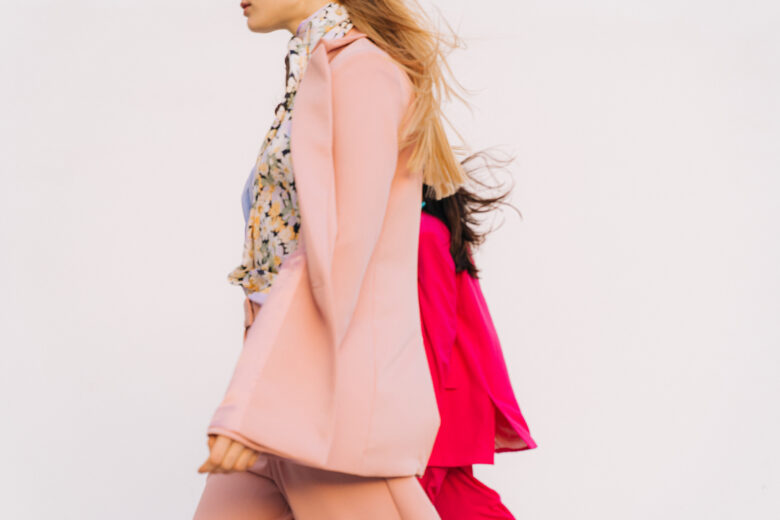
Is the virtual catwalk the future?
The first Metaverse Fashion Week went live this year with various brands shifting towards virtual fashion presentations. Is this transition from physical to virtual popular among audiences? Are consumers open to live virtual and new immersive experiences rather than traditional shows? Turns out virtual runways can be just as compelling as physical runways.
8 in 10
of those interested in Fashion think all Fashion Weeks should turn virtual / digital
UK consumers
interested in Fashion are the most inclined in Fashion Weeks turning digital, while Finns are to a lower extent than the average.
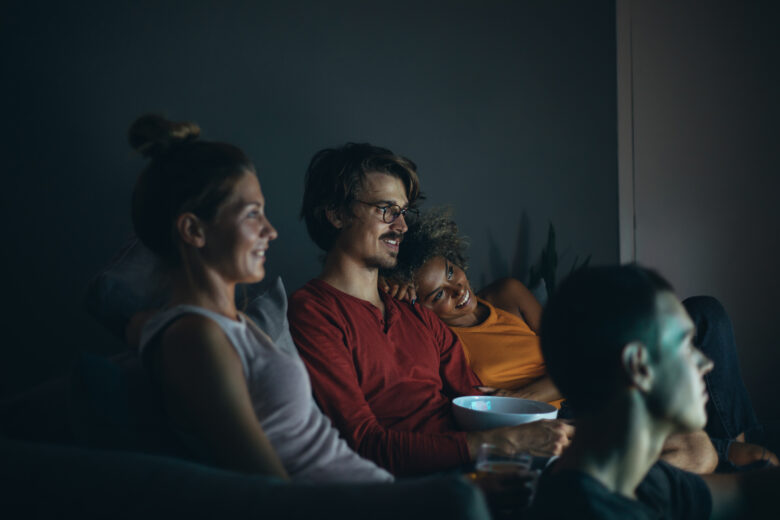
Fashion moving into the Metaverse.
“Metaverse” – the Internet’s favorite buzzword. There’s a lot of buzz surrounding the Metaverse and its concept – which could be defined as a virtual / digital environment where people play, work, socialise and shop. However, for brands and the fashion industry, the Metaverse represents plenty of potential and new opportunities to engage with Gen Zers and tech-savvy shoppers. Scroll on for more insights on the Metaverse mindset.
A Metaverse mindset.
The relationship between a fashion brand and its consumers is revolutionary and the Metaverse environment offers new form of consumers’ engagement. Now more than ever, brands have the opportunity to build proximity with their shoppers and a vast majority of consumers are already well aware of this new virtual space.
3 in 5
consumers have already heard of the Metaverse.
Brits
are the most aware of the Metaverse – 7 in 10 have already heard of it and knows about it
The fashion of tomorrow.
The Metaverse fashion can be playful and a way to escape the confines of daily life. It is also opening up endless possibilities for designers, fashion brands, and consumers. A staggering majority are embracing the Metaverse and the fashion of tomorrow.
3 in 5
US and UK consumers aware of the Metaverse find it exciting that fashion brands use avatars as their ambassadors.
18%
of Swedish consumers find the concept of avatars as ambassadors absurd or alarming – the highest percentage among other countries
Moving into the digital realm.
The interest and engagement towards the Metaverse is real. While more and more brands use augmented and virtual reality technology to engage with their customers, a vast majority of consumers currently have a desire to interact with brands and shop via the Metaverse.
3 in 4
consumers already aware of the Metaverse would be interested in purchasing virtual fashion items in Metaverse environments
Americans
who are already aware of the concept of Metaverse, are the most interested in purchasing fashion items virtually in those 3D environments.
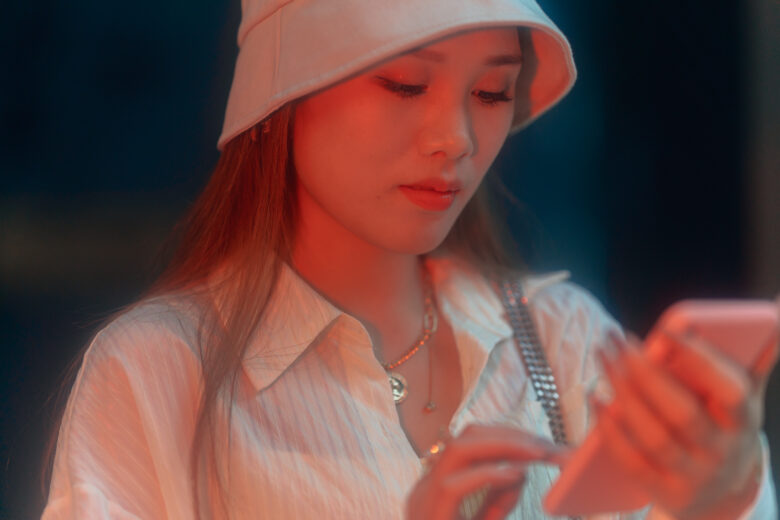
Trying clothes virtually.
A growing number of consumers are open to trying clothes virtually and experiment with new kinds of store experiences and services.
7 in 10
consumers who be interested in trying clothes virtually through virtual rooms or using AR
US consumers
show the most interest in the use of VR/AR, whilst Finns express the least interest on average compared to other countries.
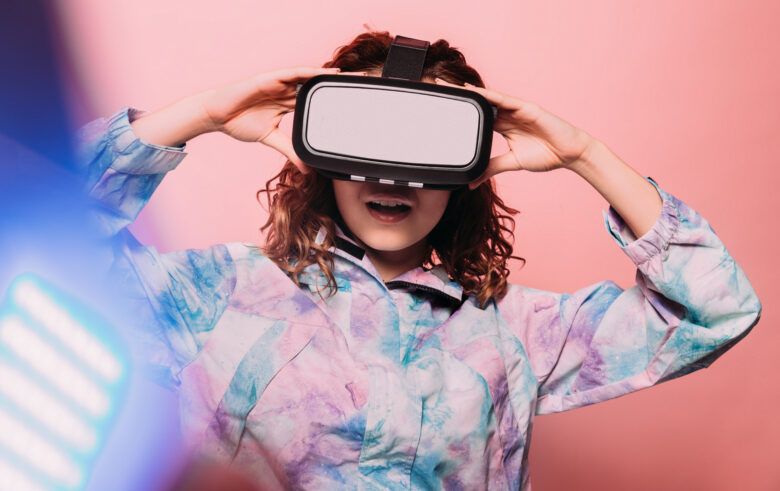
Gender-fluid fashion.
The future is fluid. In the past decade, fashion brands have produced more and more gender-fluid collections in order to meet consumer demand. Gender-fluid fashion can be defined by the notion that clothing does not belong to one gender, and that clothing can be unisex, or not listed by the traditional “menswear”/ or “womenswear” binary. Gender-fluid fashion is now more than ever reshaping fashion rules, with consumers showing genuine interest in gender neutral clothing.
The rise of gender-fluid clothing.
The gender-fluid movement is looking to accept different gender expressions, and allowing fashion to be more creative, free and open-minded when it comes to gender and sexuality. More consumers are seeking gender-neutral apparel, and retailers are looking to meet that demand.
3 in 10
have already purchased a fashion item outside their gender identity.
1 in 2
Gen Zers on average have already purchased a fashion item outside their gender identity – the generation most open to the idea of gender-fluid fashion.
Breaking the binary.
Clothing is no longer split along gender lines – the new wave of gender-fluid fashion is bound up with significant shifts in society’s expectations around gender roles, and sexuality. Results show that today’s shoppers tend to choose an item because they like it, without necessarily checking who it was targeted to and choose to wear items from the other gender’s section.
Nearly 1 in 2
female fashion shoppers shop in the men’s department, including 20% equally as much in the men & ladies’ department.
A quarter of
of Australian and UK female shoppers purchase equally as much from the men’s department and ladies’ department.
A trend here to stay.
A staggering majority is looking to purchase more gender-fluid garments in the future, heavily influenced by younger, Gen Z consumers.
7 in 10
are looking to purchase more gender-fluid clothing items in the future.
Spanish
fashion shoppers lead the pack, in particular with 9 in 10 Gen Z, Millennials and Gen X stating so.
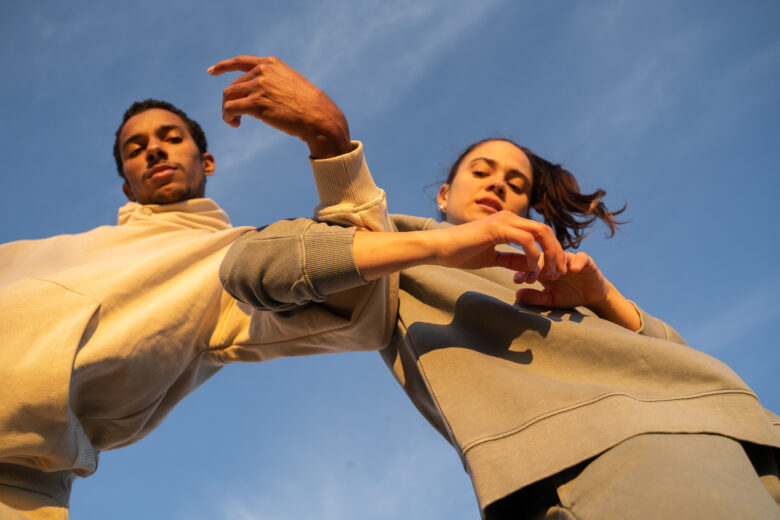
Comfort as key consideration.
When choosing their garments, comfort is one of the first reasons for choosing items outside one’s gender identity. Proving a social statement and aligning with one’s gender expression are also main considerations.
Comfort + Design
are the top 2 considerations when choosing items outside one’s gender identity.
A quarter of
UK Millennials want to make a social statement by purchasing/wearing clothing from the other gender.
It’s all about personality.
Consumers are open to push boundaries, and use fashion for self-expression. Between functionality, sense of belonging to a social group or expressing one’s personality – the power of fashion is unending. But personality stands out as the most sought after means of expression from fashion shoppers across the world.
Personality
is the dominant means of expression fashion consumers wish to convey through their clothing.
Functionality
is most sought after by Finnish Fashion shoppers (7 in 10 state seeking it, right after personality)
Black, grey and white.
What are the most popular colour spectrum when it comes to dressing up? And how do countries compare to each other regarding the colour of their wardrobe?
Neutrals
are the most popular choice of color clothing.
40%
of male fashion shoppers tend to wear primary colours which is 12pts more than female counterparts.
And that’s that.
Thirsty for more knowledge?
Make sure to check out the other reports available at Klarna Insights.


